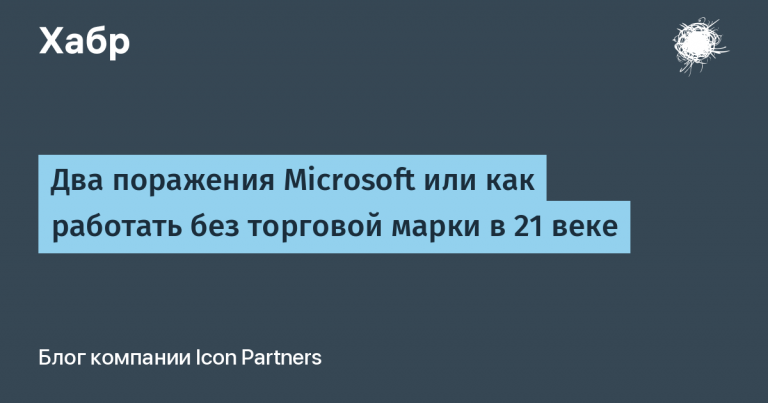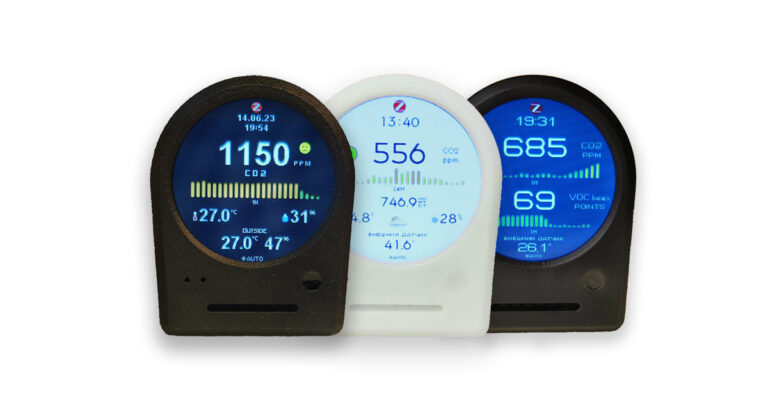portable “handheld” from China, docking station for Librem 5 and something else

Linux continues to evolve, this OS is becoming more and more popular every year. Most often, different Linux distributions work in a corporate environment, but there are, of course, user devices. There are not so few of them, although much less than devices on Windows, Adnroid, iOS, etc.
Nevertheless, manufacturers from different countries are trying to release new models of Linux systems for ordinary users. Today we’ll just talk about a couple of new products that deserve attention.
Auspicious Machine
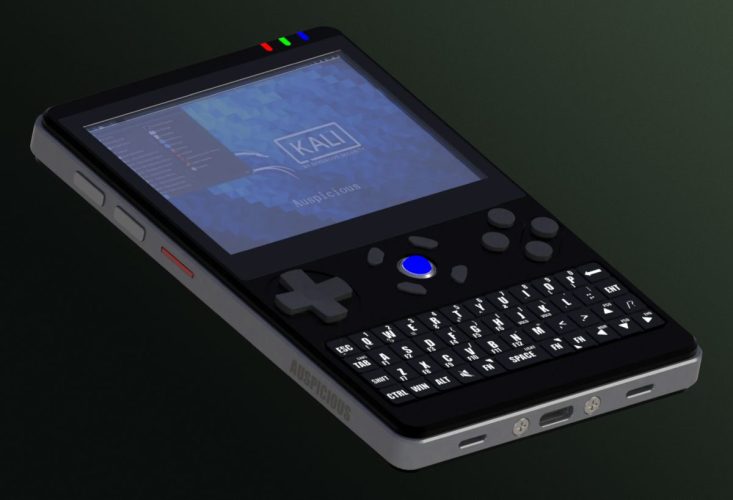
Remember handhelds? They, unfortunately, have practically left the market for user devices. Now someone continues to use models from about 15 and 20 years ago, but someone is looking for new items. They appear not so often, but still are not extremely rare.
One of the new Linux-based portable devices is the Auspicious Machine. It resembles such a Blackberry device, but only if you don’t look closely. In all other respects, this is a unique device that is unlike anything else.
The Auspicious Machine is currently only available in China, priced at around $250. And this is only a pre-order, and the device will not appear on sale until June 2023.
The size of the handheld is 137 x 84 x 12.6 mm, weight – only 200 grams. The gadget has an aluminum body, and the front panel is made of carbon fiber. There is not only a keyboard, but also a D-Pad, as well as A, X, B, Y buttons. This is a sure sign of a gaming device and indeed, the device is positioned as a gaming gadget. What Auspicious Machine doesn’t have are analog sticks, so you’ll have to adjust to play without them.

The system is based on several possible modules, the user, as far as one can tell, needs to choose before buying. There are four modules available:
• Banana Pi BPI-CM4 (Amlogic A311D + 4GB LPDDR4 RAM and 16GB eMMC )
• Bigtreetech CB1 (Allwiner H616 + 1GB DDR4 RAM)
• Radxa CM3 (Rockchip RK3566 + up to 4GB LPDDR4 RAM and up to 64GB eMMC)
• Raspberry Pi CM4 (Broadcom BCM2711 + up to 8GB LPDDR4 RAM plus 32GB eMMC)
There is also a slot for memory cards, so that the capabilities of the device can be expanded if necessary. According to the manufacturers, the device is great for emulating various old games, as well as for work. Thanks to the keyboard, the user can type messages, as well as send e-mail.

As far as you can tell, the device does not have a call function. But, in general, nothing prevents the Chinese from adding such an opportunity – fortunately, there are still a few months before the summer.
Docking station Lapdock Kit for Librem 5
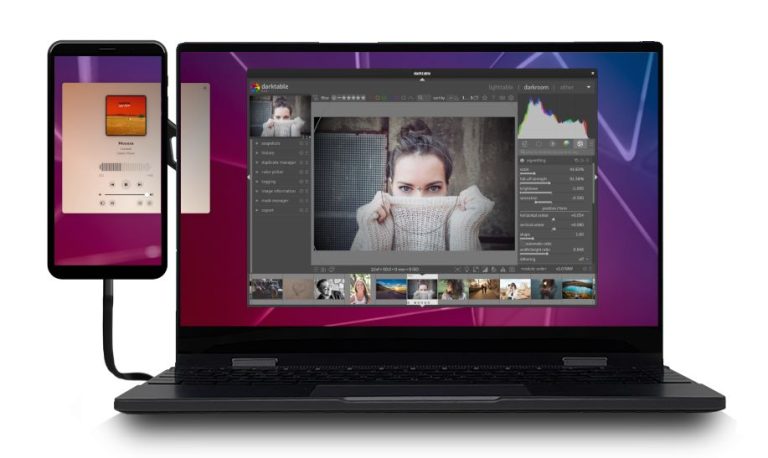
We are talking about a docking station for the Librem 5 Linux phone. The smartphone itself is designed to work with PureOS, you can use it both as a phone and a workstation. True, this can be somewhat inconvenient, since the device only has a touchscreen phone and not very many ports and connectors.
Therefore, the company that produces this device has released a docking station in the form of a laptop. She received the name Lapdock Kit. The station looks like a laptop, and it works the same way. The only thing is that the station does not have its own processor, memory, hard drive or operating system. All this is provided by the smartphone.
Here is a list of ports and connectors:
- 1 x USB 3.1 Type-C (input)
- 1 x mini HDMI 1.4a (input)
- 1 x USB Type-C charger
- 1 x USB 3.0 Type-C data
- 1 x 3.5mm
- 1 x microSDXC card reader
As soon as the device is connected to the docking station, a desktop appears on the screen with all the files, shortcuts and other data from the phone. The docking station has a comfortable keyboard, touchpad, speakers, and more.

We can say that the phone itself is not the most convenient device. But the docking station expands and complements the capabilities of the smartphone. Of course, the cost of about $ 300 can scare away from the purchase. On the other hand, if you have this smartphone, then the laptop may not be particularly necessary, provided that it works with a docking station.

What is the phone itself?
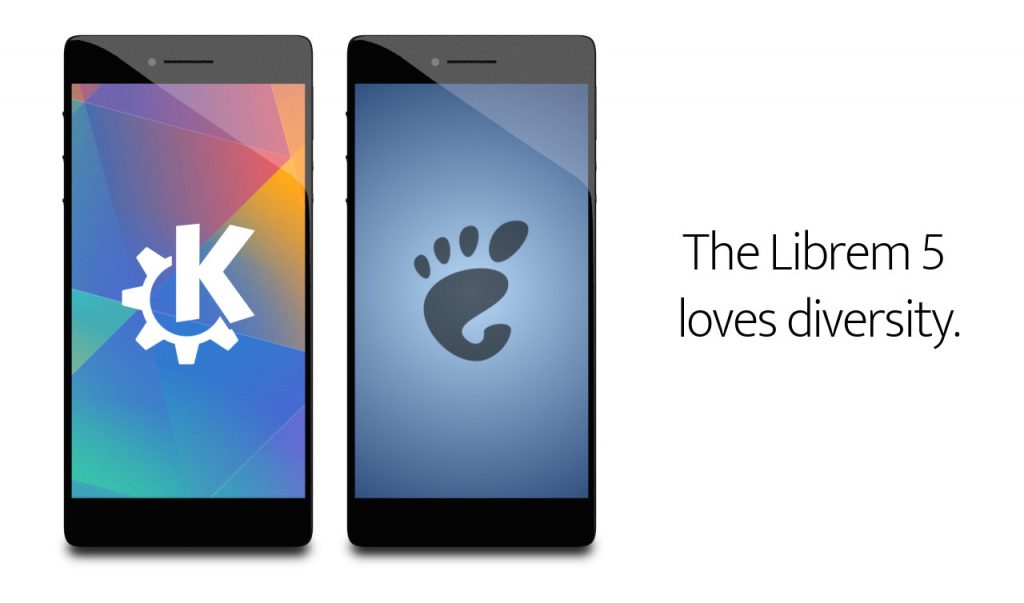
The device has its own zest – very good protection against, let’s say, external factors. For example, his modem is physically isolated from all other components, so that if desired, you can become invisible to operators.
The modem is turned off by a physical switch. The second switch disables the WiFi/Bluetooth wireless module and the third disables the microphone and camera. If all three switches are in the “off” mode, then the smartphone disables all modules in general that can somehow contribute to tracking the owner. Even the light sensor, accelerometer, compass, etc. are turned off.
The developers used Debian as the basis for the phone’s operating system, PureOS. Characteristics:
- Display: 5.7″ IPS TFT @ 720×1440
- Processor: i.MX8M (Quad Core) max. 1.5GHz
- RAM: 3GB
- ROM: 32 GB
- Wireless modules: 802.11abgn 2.4 Ghz / 5Ghz + Bluetooth 4
- GPS: Teseo LIV3F GNSS
- Smartcard: Reader with 3FF card slot (microSIM card size)
- Sound: 1 earpiece speaker, 3.5mm headphone jack
- Front camera: 8 MPixel
- Rear camera: 13 MPixel w/ LED flash
- USB Type C: USB 3.0 data, Charging (Dual-Role Port), Video out
- Battery: 4,500 mAh
The cost, however, is somewhat high – $ 1199. It seems that the developers believe that for the safety of their own data and the ability to disable
What else?
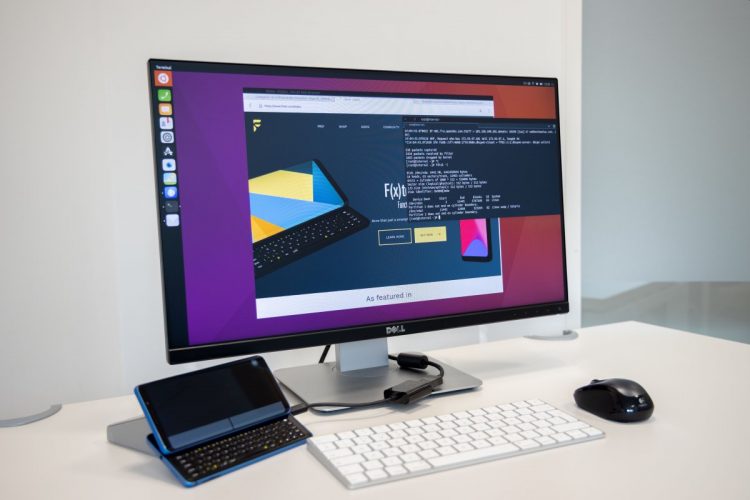
As an alternative to both the first and second device, you can use another great smartphone with a physical keyboard.
It allows you to work both in the Ubuntu Touch environment (which, by the way, Canonical abandoned, so it’s still unclear whether this is a good option or not), and LineageOS.
Characteristics
- The hardware keyboard looks quite comfortable. It has 66 buttons arranged in 5 rows.
- The screen is a touchscreen AMOLED with a diagonal of 5.99 inches and a resolution of 2160 x 1080. The display is covered with the fourth generation of Gorilla Glass.
- Communication modules – WiFi 5, Bluetooth 5.0, NFC.
- Ports – USB-C with HDMI support.
- Cameras – 12 MP and 5 MP – rear, plus 8 MP – front.
- Fingerprint sensor on one side.
- Battery – 2300 mAh, with support for Qualcomm Quick Charge 3.0.
- There are two slots for two SIMs. They can be used to install a SIM and microSD card.
- Processor – Qualcomm Snapdragon 662.
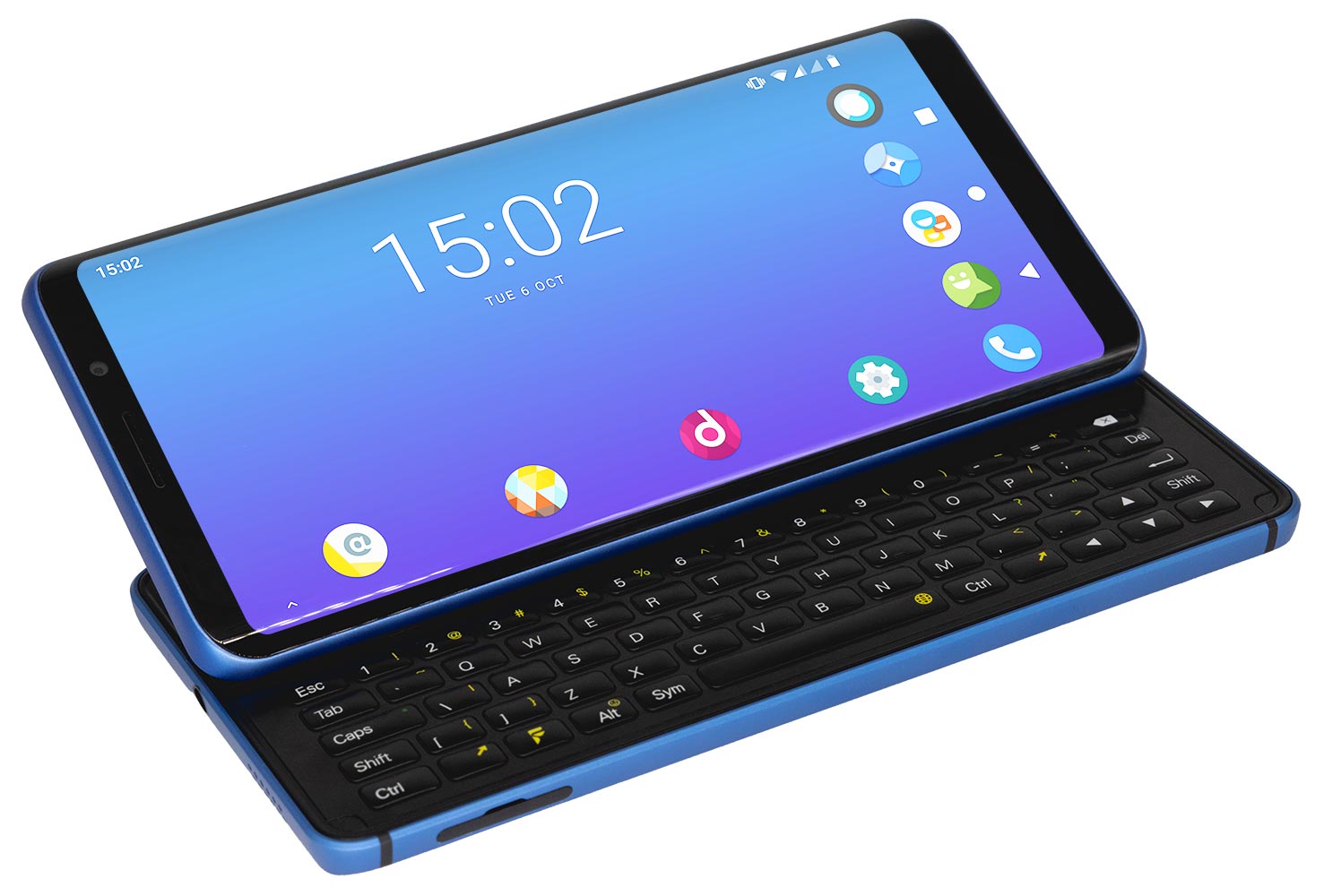
You may also be interested in these texts:
→ 8 books on PostgreSQL: from databases from scratch for self-taught to a guide about databases in the clouds
→ How to effectively share the results of your work? About the “boasting” of a healthy person
→ Hyperscaling in 2023: what we did to support our clients’ business
On the screen, you can run two applications at once, which will divide the workspace between them. The phone is also compatible with Android apps that can be run using Libertine. The developers have provided the ability to configure the device so that you can work with both Ubuntu Touch OS and Android OS.
The cost of the device is $829.
